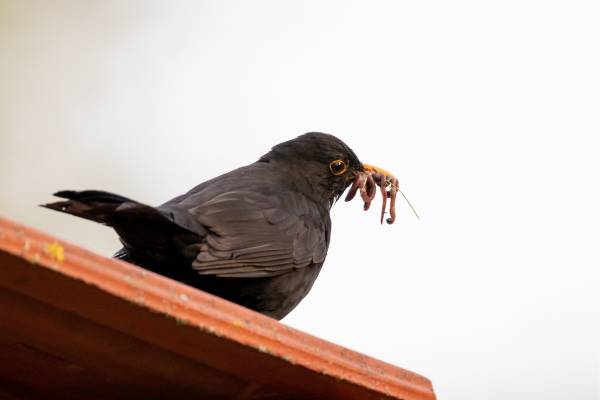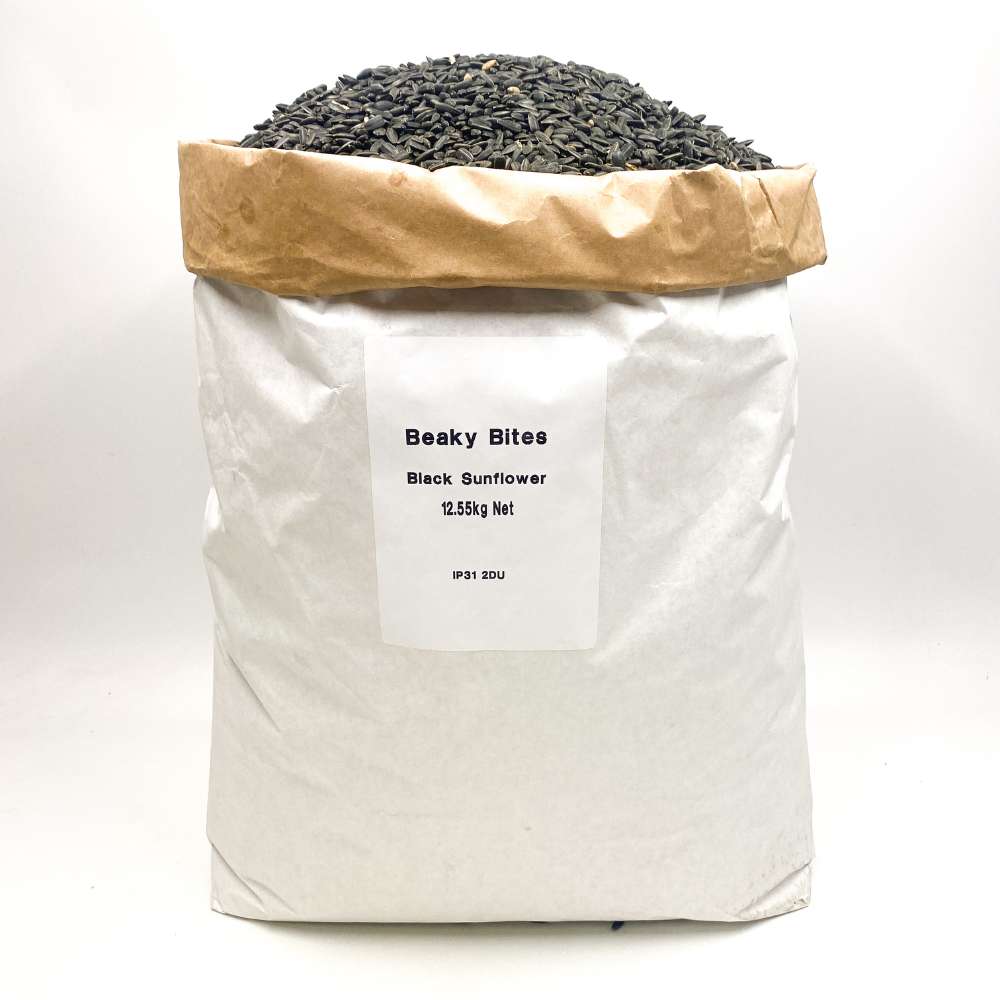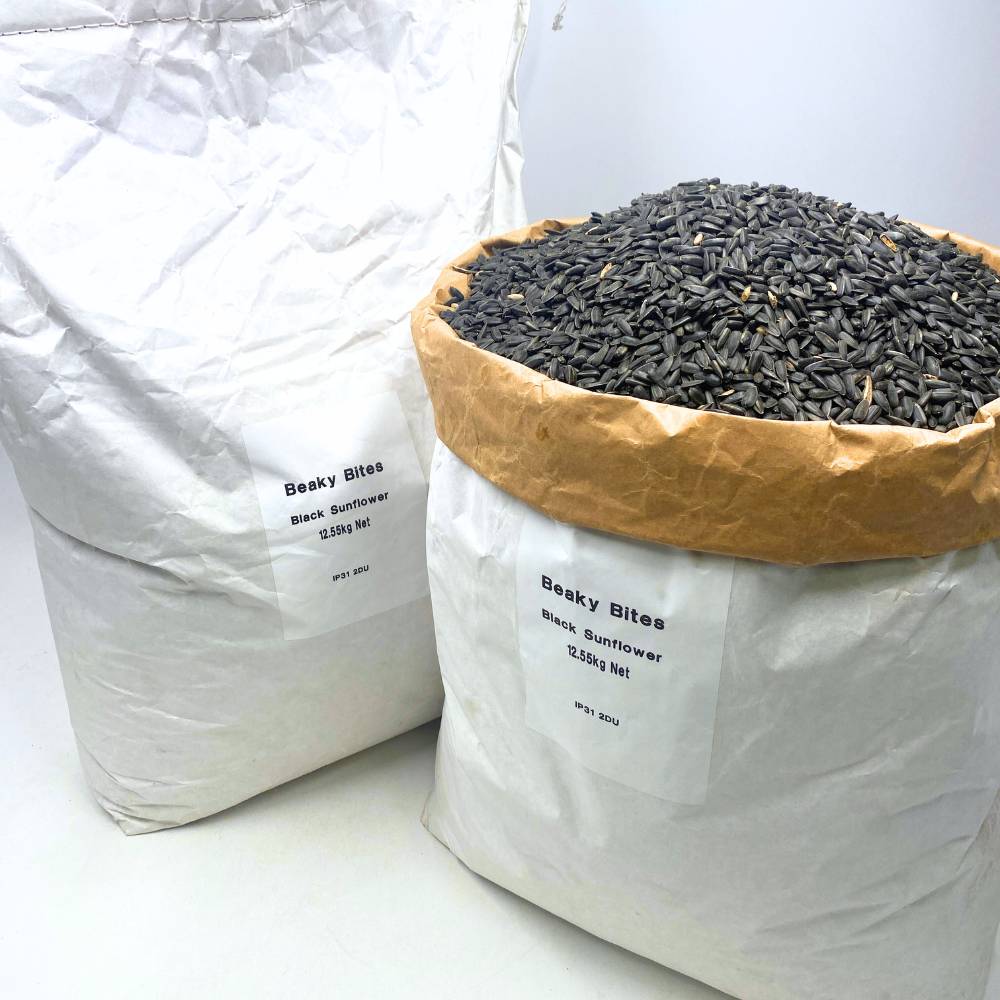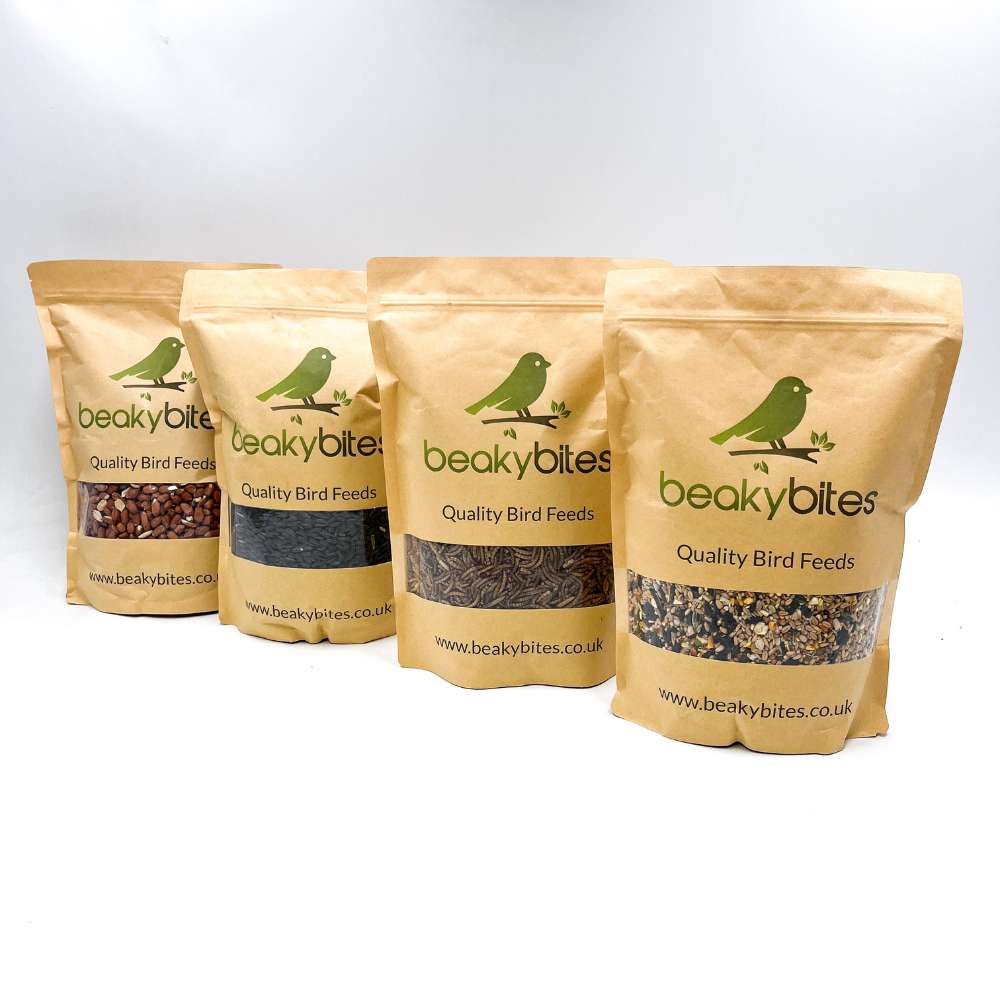Top Tips for Feeding Small Birds: Dried Mealworms Feeding Guide

Top Quality Dried Mealworms for Birds | Feeding Guide
Thinking of dried mealworms for garden birds? These high protein treats are easy to store and loved by small garden birds. In this guide we’ll cover why dried mealworms are good, how to feed them to garden birds and which birds love them most. Take a look and find out why dried mealworms are great for feeding small birds.
What We’ll Cover
- Why dried mealworms
- Nutritional value or mealworms
- How best to feed mealworms to birds
- What birds eat mealworms
- Mealworms vs Calciworms
Why Dried Mealworms for Birds?
A variety of birds enjoy eating dried mealworms in a garden making them a favourite with bird lovers. Unlike live mealworms they don’t require special storage conditions, so they’re super easy to use. Keeping them sealed up is best as they can let off a smell, but this is the smell that will call wild birds to your garden. Dried mealworms can be the closet thing to natural foraging most people will get to as it is there to replicate the natural foraging for insects and worms.
Dried mealworms are full of nutrients for bird health. They are simple to feed to garden birds, either using a specialised mealworm feeder or any tray feeder or bird table will do. Soaking them in water for 30 minutes rehydrates them and makes them more palatable to birds. This rehydration process makes them similar in texture to live mealworms which birds love.
Choosing dried mealworms over live mealworms has many benefits: less hassle and more peace of mind, no wriggling creatures to deal with and your birds will still get a nutritious meal, so it’s a win win for you and the birds.
Nutritional Benefits of Dried Mealworms
Birds get a lot of nutrition from dried mealworms. These feed insects have the critical fats, proteins and fibres birds need. This balanced mix of nutrients is a big part of a bird’s diet and overall health.
One of the best things about dried mealworms is the high protein content, they are a protein rich food. On average with 53% protein they are perfect for the breeding season when birds need extra nutrients to feed their young. This high protein helps with growth, development and overall well being.
Besides protein, dried mealworms have essential minerals like copper, iron, magnesium, zinc, sodium and potassium. They also have vital vitamins which are important for many bodily functions. So it’s no wonder birds love dried mealworms.

How to Feed Dried Mealworms to Garden Birds
While it’s easy to feed dried mealworms to garden birds, here are a few tips to make the most of them. Soaking dried mealworms in warm water for 30 minutes rehydrates them and makes them easy for young birds to eat. This simple step can be very effective especially during summer when birds need extra hydration.
Portion control is also important. A small handful of dried mealworms a day is enough for an average garden bird population. It’s best to offer mealworms in limited quantities by filling a dish once a day. This prevents overfeeding and keeps the mealworms fresh and appealing.
The way you present dried mealworms can attract more birds to your garden. Placing them in a bird feeder tray or scattering them on the ground works well. Position the mealworms in an easy to reach spot, near perches or regular bird feeders and they will be more accessible to the birds. Remember patience is key, it may take time for the birds to realise mealworms are a food source.
Birds that Eat Mealworms
Many bird species love dried mealworms as naturally insects and worms are part of small bird diets. For example Robins who mostly feed on the ground and don’t use hanging feeders are attracted to the high protein in dried mealworms. Watching these birds flit about your garden is so much fun. Other bird species that eat dried mealworms:
- Blue tits
- Wrens
- Chaffinch
- Nuthatches
- Blackbirds
Adding dried mealworms to your bird feeder will bring many beautiful birds to your garden and they will keep coming back for more.

Year Round Feeding: Seasonal Tips
Offering dried mealworms all year round meets the changing nutritional needs of birds. In the colder months dried mealworms provide vital fats and proteins to help birds keep warm. This is especially important in winter when there is a lack of natural food sources.
In autumn feeding dried mealworms helps birds build up fat reserves for the coming winter months. In spring as the weather warms up you can increase the amount of dried mealworms for adult birds to feed their young. This extra nutrition is crucial during breeding season when energy demands are high.
In summer you can soak dried mealworms in water before feeding to provide birds with water. This way birds will stay healthy and hydrated even in the hottest months. By offering dried mealworms all year round you can maintain a healthy bird population in your garden as they learn where a good reliable food source is.
Dried Mealworms vs Dried Calciworms
When comparing dried mealworms to dried calciworms there are several things to consider, nutritional value, cost and overall benefits to wild birds.
Dried mealworms are high in protein and fat, they are an excellent energy source for birds especially during breeding and nesting seasons. They are also easy to store and handle. The downside is dried mealworms can be more expensive especially if you buy in bulk. They can also be less nutritionally complete than other options, missing out on certain minerals and vitamins for bird health.
Dried calciworms on the other hand have a distinct advantage in nutritional value. They are high in calcium which is essential for egg production and bone health in birds. Calciworms are also high in protein and fat making them a balanced and nutritious option. They are slightly cheaper than mealworms but this can vary depending on the supplier. The only downside is not all birds are immediately attracted to calciworms, they may need a transition period for the birds to get used to this new food source.
Both dried mealworms and calciworms are beneficial and the choice between them will depend on nutritional needs, cost and your birds preference.

Conclusion
Dried mealworms and dried calciworms are a great addition to any bird feeding station. They have high nutritional value, easy to store and can attract many bird species to your garden. By providing a consistent and varied diet you can enjoy the activity of wild birds all year round. Take the next step in bird feeding and watch your garden come alive with wings and birdsong.
Frequently Asked Questions
How do I store dried mealworms?
- Answer: Store dried mealworms in a cool dry place as they don’t require refrigeration so they are easy to store.
How often should I feed dried mealworms to garden birds?
- Answer: Feed garden birds a small handful of dried mealworms a day, fill the dish once a day to avoid overfeeding.
Can I feed dried mealworms to birds all year round?
- Answer: Yes you can feed dried mealworms to birds all year round as they provide nutrients and meet the birds seasonal needs.
What are the nutritional benefits of dried mealworms?
- Answer: Dried mealworms are a nutritious food for birds as they are high in protein, fats, fibre and essential vitamins and minerals. They offer many benefits to birds.
How do I get more birds to my feeding station?
- Answer: To get more birds to your feeding station try mixing dried mealworms with other seeds, fruits or suet pellets and place near perches or regular bird feeders. This will attract many bird species and make the food more visible to them.











